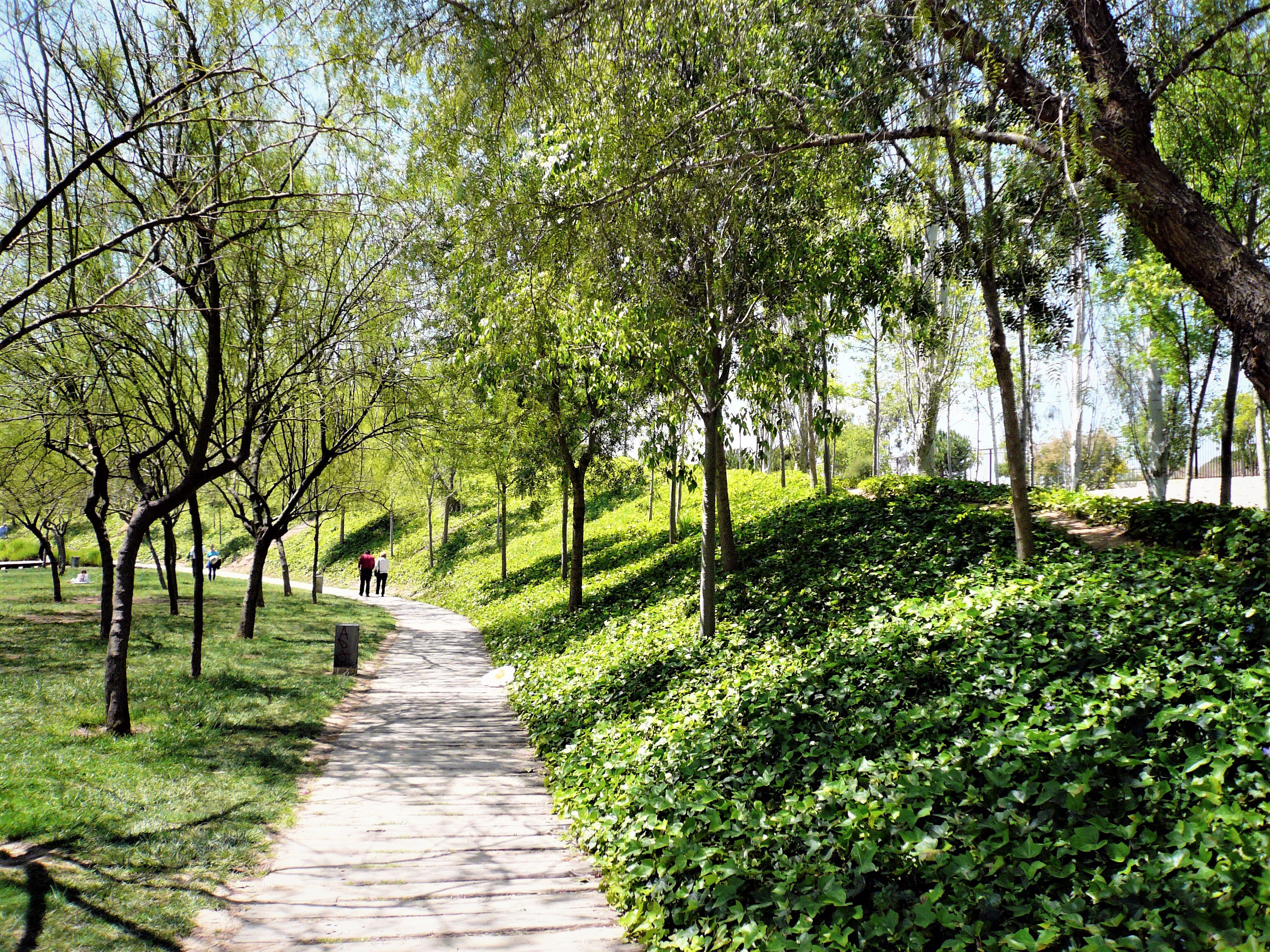The building opposite, from the 15th century, obtained its current appearance with the works carried out in the 19th century. It belonged to the Dukes of Villahermosa during the 18th century, but in the middle of the 19th century it was bought by the Marquis del Campo. Later it was acquired by the counts of Berbedel, at the beginning of the 20th century. From 1814 to 1842 it had been the headquarters of the Captaincy General. It is finally acquired by the Valencia City Council in 1974.
The City Museum exhibits municipal art collections and a collection of weights and measures. It also holds temporary exhibitions.
















